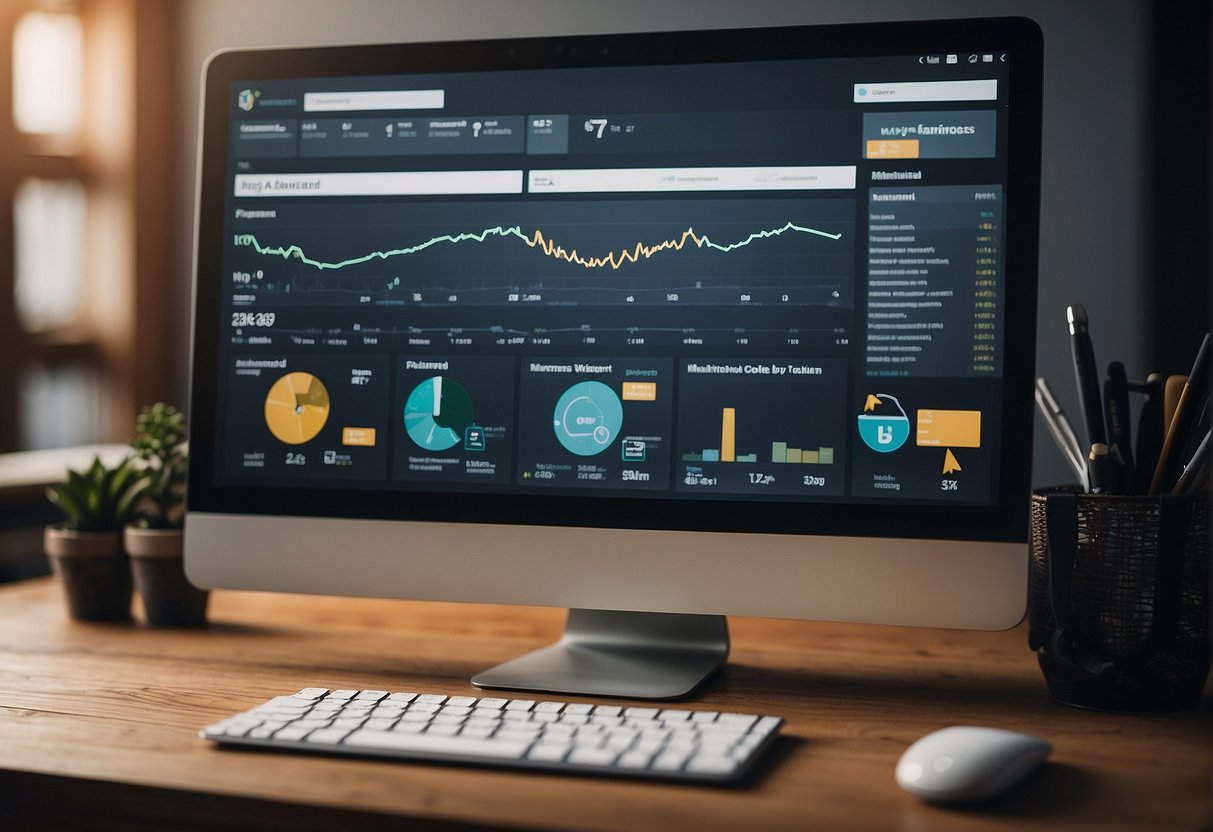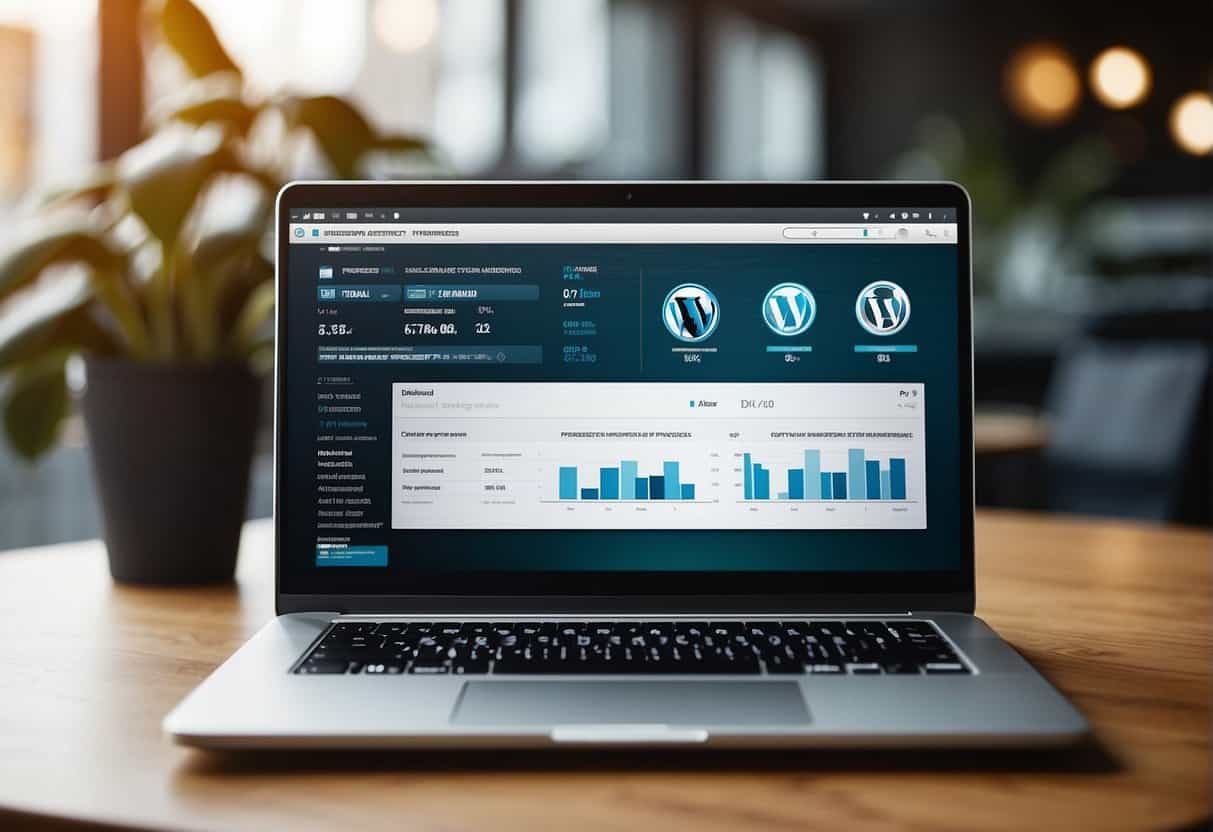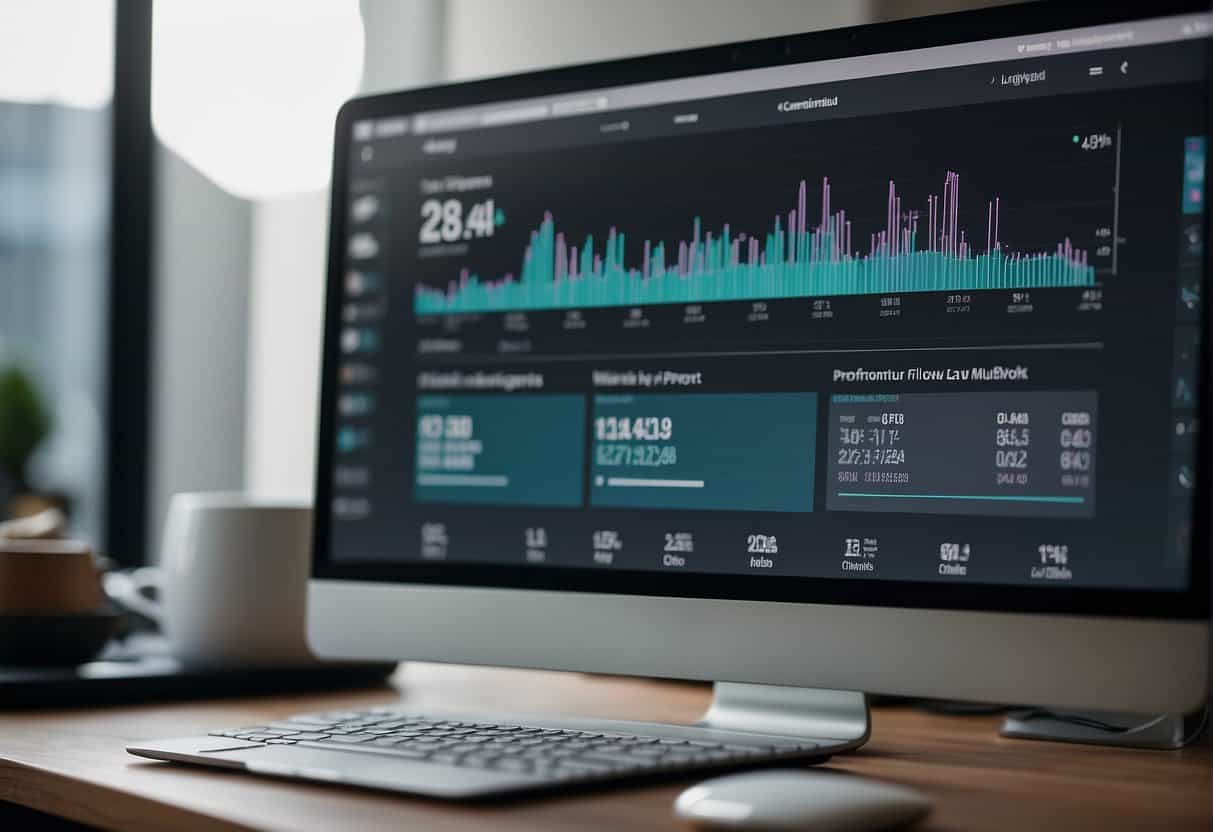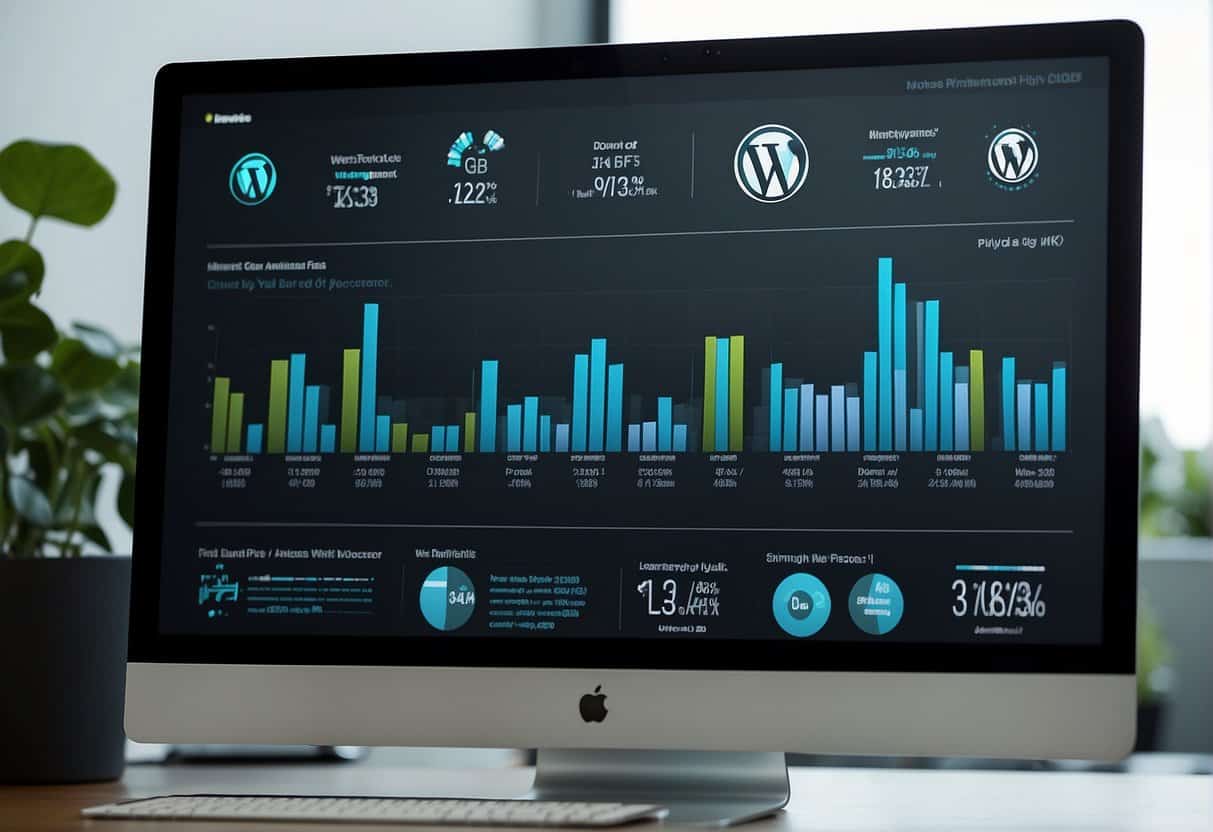Maintaining a WordPress website within an agency setting involves a blend of ongoing tasks and strategies to ensure the website remains secure, performs optimally, and continues to serve its intended purpose effectively. As websites are dynamic entities that require regular attention, having a plan in place for WordPress site maintenance is crucial. This includes routine updates to the core software, themes, and plugins, which are essential for security and functionality. Neglecting these updates can make a site vulnerable to security breaches and bugs.
Beyond updates, regular backups are a fundamental part of website maintenance. In an agency environment, you should establish a schedule for both site and database backups to safeguard against data loss. Depending on your needs, backups may be scheduled daily, weekly, or at another appropriate interval. It’s also important to monitor the website’s performance and loading times, as slow pages can negatively affect user experience and search engine rankings.
Website security is another critical element of WordPress maintenance. Implementing robust security measures, such as secure hosting, firewalls, and security plugins, can help protect your website from potential threats. Regularly scanning for malware and vulnerabilities, alongside safe credential management practices, can help prevent unauthorized access and data breaches. As you keep your WordPress site secure and up-to-date, you’ll be better positioned to deliver a reliable and professional online presence for your clients.
WordPress Maintenance Essentials
Effective WordPress site maintenance is crucial for the smooth operation of your agency’s WordPress web projects. Attention to regular updates and backup strategies ensures your sites remain secure and functional.
Updates and Compatibility
Your WordPress site’s health largely depends on keeping the WordPress core, themes, and plugins up to date. It’s not just about having the latest features; it’s also about security and compatibility.
- Regular Updates: Ensure you regularly check for and apply updates. WordPress frequently releases updates that include security patches and new features.
- Themes and Plugins: Keep your themes and plugins updated to the latest versions. Outdated elements can become security vulnerabilities.
- Compatibility Checks: Before applying updates, ensure they are compatible with your site’s architecture to avoid conflicts that could take your site offline.
By adhering to these best practices, you reduce the risk of security breaches and maintain optimal site performance.
Backup Strategies
A robust backup system is your safety net in the event of data loss or site compromise. Consistently managing backups is a cornerstone of WordPress maintenance services.
- Regular Backups: Schedule regular backups of your entire WordPress site. Daily backups are recommended, especially for active sites.
- Off-site Storage: Store your backups in a secure, off-site location to prevent data loss from server failures.
- Restoration Tests: Periodically test your backups to ensure they can be restored successfully.
Implementing these backup strategies provides a reliable recovery path, safeguarding your WordPress sites against unforeseen issues.
Optimizing Site Performance
To achieve a faster-loading website, emphasizing performance through effective caching and precise database and image optimizations is crucial. Remember, improved speed enhances user experience and search engine ranking.
Effective Caching Solutions
Caching is a key factor in accelerating page speed. Here’s how you can leverage it:
- Choose a robust caching plugin: Select from popular options like W3 Total Cache or WP Rocket that offer comprehensive caching features. Configure them properly to ensure load times are minimized.
- Implement browser caching: This saves static resources on the user’s local computer, reducing server load and subsequent page load times on repeated visits.
Database and Image Enhancements
Efficient database and image management lead to significant performance gains:
- Database Optimization:
- Regularly clean your database by removing unnecessary data like spam comments and old revisions.
- Use plugins like WP-Optimize that provide simple interfaces for database maintenance tasks.
- Image Optimization:
- Opt for lossless compression tools to reduce image size without sacrificing quality.
- Lazy load images to defer loading offscreen images until needed, contributing to improved website speed.
Security and Vulnerability Management
In this section, you will learn strategies to fortify your WordPress site against potential threats and vulnerabilities. Effective security management ensures your agency’s websites remain trusted and protected against breaches.
Proactive Security Measures
Implement strong passwords for all user accounts to prevent unauthorized access. Use a combination of uppercase and lowercase letters, numbers, and symbols, and change passwords regularly. Additionally, install an SSL certificate to encrypt data transmitted between the user and the server, thereby enhancing website security.
To further secure your WordPress site, set up a firewall to filter out malicious traffic and prevent hacking attempts. Regularly update WordPress, themes, and plugins to protect against known vulnerabilities. Always back up your site before updates.
- Strong Passwords: Essential for user accounts.
- SSL Certificate: Encrypts data; mandatory for secure transactions.
- Firewall: Blocks harmful traffic and potential hackers.
- Updates: Keep WordPress, themes, and plugins current.
Regular Security Audits
Conduct security scans periodically to detect malware and any security vulnerabilities. Tools like Sucuri or Wordfence can provide comprehensive scanning and real-time monitoring services. If you do find malware, prioritize prompt malware removal to minimize damage.
In case of security breaches, have a response plan in place. This should include steps for immediate action, investigation, and communication with affected parties. Regular audits help maintain enhanced security and instill confidence in your clients.
- Security Scans: Use trusted services for regular checks.
- Malware Removal: Act swiftly if malware is detected.
- Breach Response Plan: Be prepared to react and resolve issues.
- Audit Logs: Review regularly for unusual activity.
User Experience and SEO
User experience (UX) and Search Engine Optimization (SEO) have a symbiotic relationship in the context of WordPress site maintenance. Your ability to manage content effectively and ensure the site is optimized for mobile and accessibility will influence both user engagement and search engine rankings.
Content Management and Updates
Content is paramount in shaping your site’s user experience and SEO. A well-maintained content strategy ensures your WordPress site remains relevant and valuable to users. Keeping your content fresh with regular updates is essential for engagement and encouraging repeat visits.
- Review and Refresh: Audit your content periodically to identify opportunities for updates, enhancements, and optimization.
- Keyword Optimization: Incorporate targeted keywords effectively to improve SEO without compromising readability.
Regularly updated content signals to search engines that your site is active, which can improve your search engine rankings.
Search Engine Visibility
Search engine visibility is critical for enhancing your online presence. WordPress maintenance services include optimizing site elements to improve SEO performance.
- Meta Descriptions: Write compelling meta descriptions for pages and posts to improve click-through rates from search engine results pages (SERPs).
- Sitemaps: Ensure you have a current XML sitemap so search engines can index your site more efficiently.
Proper SEO practices help users find your WordPress site more easily, which can lead to increased engagement.
Mobile Optimization and Accessibility
With an increasing number of users accessing websites through mobile devices, your site must be optimized for mobile use. Accessibility is also crucial to ensure that all users, including those with disabilities, can navigate your site effectively.
- Responsive Design: Ensure your theme and layout adapt seamlessly to different screen sizes and resolutions.
- Accessibility Standards: Follow Web Content Accessibility Guidelines (WCAG) to expand your reach and provide a better user experience.
By prioritizing mobile optimization and accessibility, you cater to a wider audience, which can positively impact your search engine rankings and user experience.
Agency Workflow and Client Communication
In streamlining your WordPress agency’s maintenance workflow and enhancing client communication, it is crucial to focus on operational efficiency and transparency. By establishing a systematic approach to WordPress maintenance and fostering trust through clear reporting, you can deliver professional maintenance services effectively.
Streamlining Maintenance Processes
To optimize your workflow, develop a WordPress maintenance plan that includes scheduled tasks, such as security checks, updates, and backups. Use a checklist for consistency:
- Weekly:
- Update WordPress core, themes, and plugins
- Perform security scans
- Monthly:
- Review website analytics and performance
- Check and optimize website speed
Employ tools that support maintenance mode during updates to prevent client data exposure. Automating these tasks where possible will also enhance your agency’s operational efficiency. For instance, you can use plugins that handle regular security checks and automated backups.
Building Client Trust and Reporting
Establish a transparent communication channel with your clients. Send regular maintenance reports to keep them informed about their website’s health and the improvements made. The reports could include:
| Metrics | Description |
|---|---|
| Uptime | Percentage of time the website was operational. |
| Backups | Dates when the website was backed up successfully. |
| Updates | Recent updates to WordPress, themes, and plugins. |
| Security | Any security threats identified and mitigated. |
Moreover, incorporate analytics data into your reporting to show the tangible benefits of maintenance, such as increased site speeds and lower bounce rates. Your reports should instill trust by using straightforward language and avoiding technical jargon.
By adhering to these practices, you’ll not only reinforce the reliability and authority of your agency but also cultivate a professional and trustful relationship with your clientele.
Leveraging Technology for Growth
To stay ahead in the digital market, your agency must embrace technology as a catalyst for growth. This means leveraging tools and adapting to changes with agility and foresight.
Integrating Advanced Tools
Integrating cutting-edge technology, such as AI and ML, into your WordPress development process can significantly enhance your agency’s services. For example, implementing AI-driven analytics tools can lead to deeper insights and improved decision-making, thus contributing to financial stability. ML algorithms can streamline content personalization, bolstering client engagement and satisfaction rates.
- AI Tools for SEO: Utilize AI-powered plugins for smarter keyword analysis and SEO strategies.
- Automated Backups: Deploy ML-driven backup solutions for data safety and quick recovery, ensuring your clients’ sites are protected.
- Performance Plugins: Integrate plugins that leverage AI to optimize site speeds, enhancing user experiences and boosting scalability.
Embracing these tools not only augments your WordPress services but also positions your agency as an innovative leader.
Adapting to Technological Changes
Flexibility in adopting new technology defines your agency’s capacity for growth and scalability. As a WordPress developer, you must be vigilant and adaptable to technological advancements.
- Continuous Learning: Encourage consistent upskilling to stay updated on the latest WordPress trends and technology.
- Technology Partnerships: Forge partnerships with tech companies to gain early access to emerging tools and platforms.
- Responsive to Changes: Maintain systems and workflows that can quickly integrate new solutions, maintaining a competitive edge.
By adapting swiftly, you enable your digital agency to deliver value that keeps pace with the evolving digital landscape. This agility typifies a growth-oriented agency that is prepared for future demands.







